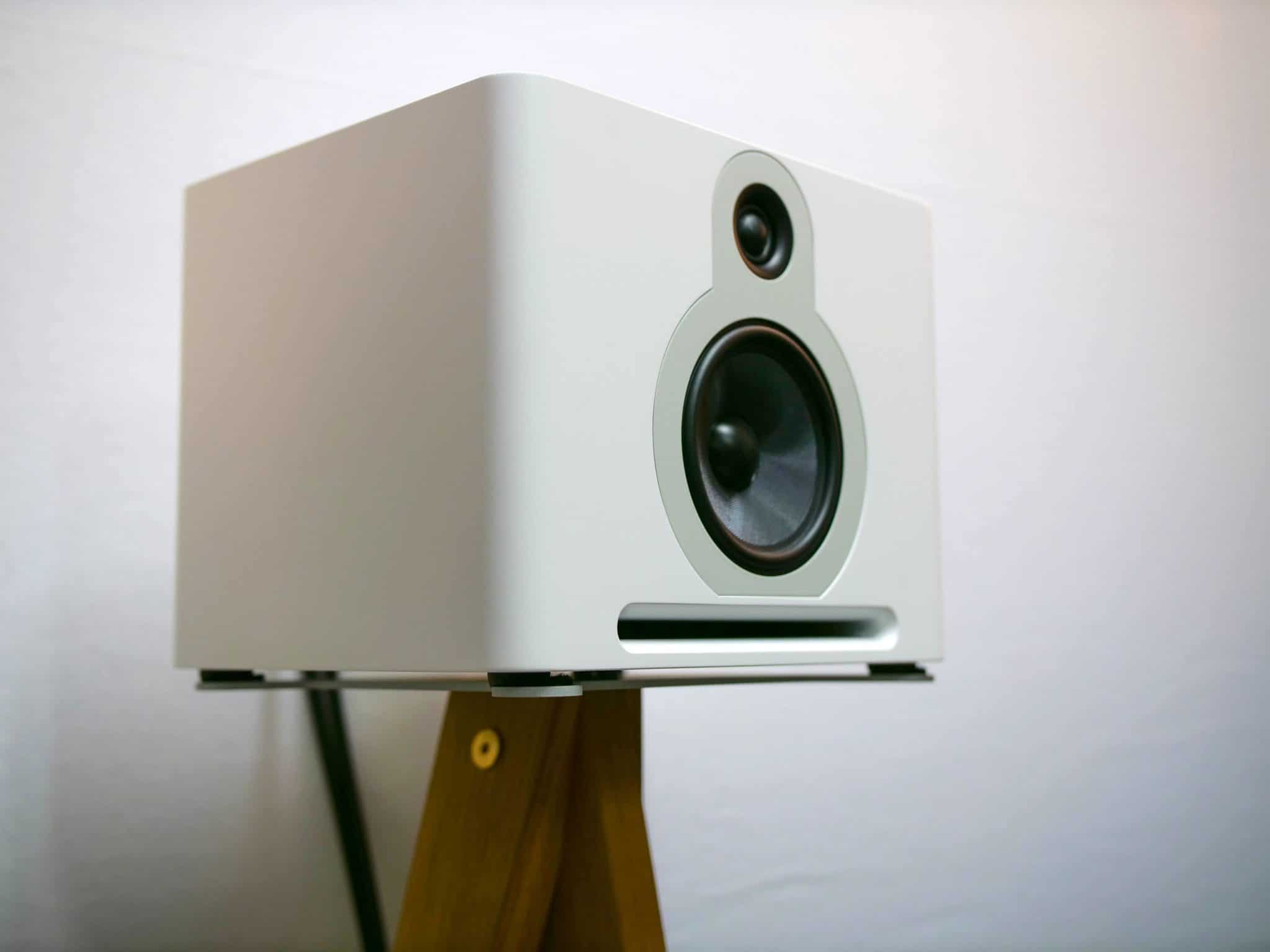Yorkshire Mouth
Major Contributor
As I often note, whilst I've learned a lot over the past few years, I'm still learning in all areas; some more than others. So my question may reveal the limitations of my knowledge, misunderstandings, etc. Please be kind, and correct me gently. I have one purpose for the post, but several discussion points.
I'm wanting to compare the Topping LA90 and PA5 II, using Amir's own excellent video on understanding amp measurements , along with this thread on the thresholds of audibility for amps and DACs.
From what I can seem the LA90 is effectively transparent to the source, within the threshold of human audibility (that's discussion point 1, I suppose), whilst the PA5 II passes that test too in many areas, though not by as much (discussion point 2, I think), apart from (i) frequencies above 10khz or so in multitone, and SINAD, and maybe signal to noise ratio. For the former, at 58 my hearing is dropping enough for that small amount of distortion over 10khz or so to be inaudible to me (my hearing has been measured, BTW - maybe discussion point 3).
As I understand it, the LA90's SINAD of 120 means that, even playing music at 120db, you'll hear no noise from the amp. For the Topping, you might start to hear noise at 105db. So (discussion point 4), is that right, if I never use the Topping PA5 II at above 105db, does this difference become meaningless? And presumably close to meaningless if I only stray above 105db very occasionally?
Nearly there, (discission point 4), Amir measures signal to noise ratio for the LA90 at 21 bits at 5W, 23 bits at full power. For the PA5 II it's 17.6 bits at 5W and 20 bits at full power. My understanding is that the limits of analogue tapes used in recording studios pre-digital, and the limits of human hearing, 20 bits is pretty much the limit. Now, I intend to use the amp as a power amp, controlling volume from a pre amp. For the LA90 there's a switch, for the PA5 II I presume it's case of turning it to full volume (happy to corrected). If I use it as a power amp (switched to this, or on full) do I automatically use the 'full power' signal to noise ratio measurement?
So finally, in short, given that I use my speakers in near field, and never really crank them up anyway, is there any real-world audible advantage of the LA90 over the PA5 II?
Many thanks, sorry for the long-winded post with multiple link.
Merry Christmas, over to you.
I'm wanting to compare the Topping LA90 and PA5 II, using Amir's own excellent video on understanding amp measurements , along with this thread on the thresholds of audibility for amps and DACs.
From what I can seem the LA90 is effectively transparent to the source, within the threshold of human audibility (that's discussion point 1, I suppose), whilst the PA5 II passes that test too in many areas, though not by as much (discussion point 2, I think), apart from (i) frequencies above 10khz or so in multitone, and SINAD, and maybe signal to noise ratio. For the former, at 58 my hearing is dropping enough for that small amount of distortion over 10khz or so to be inaudible to me (my hearing has been measured, BTW - maybe discussion point 3).
As I understand it, the LA90's SINAD of 120 means that, even playing music at 120db, you'll hear no noise from the amp. For the Topping, you might start to hear noise at 105db. So (discussion point 4), is that right, if I never use the Topping PA5 II at above 105db, does this difference become meaningless? And presumably close to meaningless if I only stray above 105db very occasionally?
Nearly there, (discission point 4), Amir measures signal to noise ratio for the LA90 at 21 bits at 5W, 23 bits at full power. For the PA5 II it's 17.6 bits at 5W and 20 bits at full power. My understanding is that the limits of analogue tapes used in recording studios pre-digital, and the limits of human hearing, 20 bits is pretty much the limit. Now, I intend to use the amp as a power amp, controlling volume from a pre amp. For the LA90 there's a switch, for the PA5 II I presume it's case of turning it to full volume (happy to corrected). If I use it as a power amp (switched to this, or on full) do I automatically use the 'full power' signal to noise ratio measurement?
So finally, in short, given that I use my speakers in near field, and never really crank them up anyway, is there any real-world audible advantage of the LA90 over the PA5 II?
Many thanks, sorry for the long-winded post with multiple link.
Merry Christmas, over to you.
Last edited:


